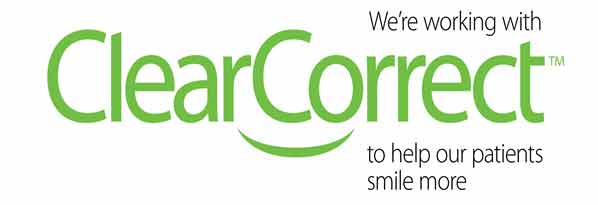The roof of your mouth, also known as the palate, plays a crucial role in speaking, breathing, and chewing. But did you know that the shape of your palate can impact your oral health and even facial development? Understanding the structure of your palate is crucial for assessing overall oral health and functionality. At our dental clinic in Bundoora, we specialise in diagnosing and treating various dental and orthodontic issues, including those related to the palate’s shape.
A narrow palate can lead to several dental complications if not addressed properly. In today’s blog, we explore the key differences between a narrow and normal palate and how these distinctions might impact your dental health.
Shape and Size
Normal Palate –A normal palate is broad enough to accommodate all the upper teeth comfortably. It has a U-shaped arch, which provides sufficient space for the teeth and tongue, promoting better alignment and oral function.
Narrow Palate– In contrast, a narrow palate is more V-shaped and does not provide enough space for the teeth to align correctly. This condition often leads to crowded or misaligned teeth, impacting aesthetics and functionality.
Implications for Dental Health
A narrow palate can contribute to a range of dental issues. It often causes overcrowding, which makes it difficult to maintain good oral hygiene since cleaning between tightly packed teeth is challenging. This can increase the risk of tooth decay and gum disease. On top of all, a narrow palate may lead to improper bites and jaw alignment issues, necessitating orthodontic treatments to correct.
Orthodontic Treatment Options
At our dental clinic, we offer various orthodontic treatments tailored to address the complications arising from a narrow palate. Treatments such as palatal expanders can gradually widen the arch, creating more space for teeth to align properly. This not only improves oral function but also enhances smile aesthetics.
Recognising the differences between a narrow and normal palate is vital for early intervention and treatment. If you suspect you or your child may have a narrow palate, consulting with a Bundoora dentist specialising in orthodontic treatments is necessary. At our dental clinic in Bundoora, we are equipped with the expertise and tools needed to diagnose and effectively treat palate-related issues, ensuring better oral health and functionality.
If you are looking for emergency dental treatments, dental treatments for kids, general dentistry, cosmetic dentistry, dental implants, dental veneers, or dentures, call Greenwood Plenty Dental Care at (03) 9466 7843 today.








